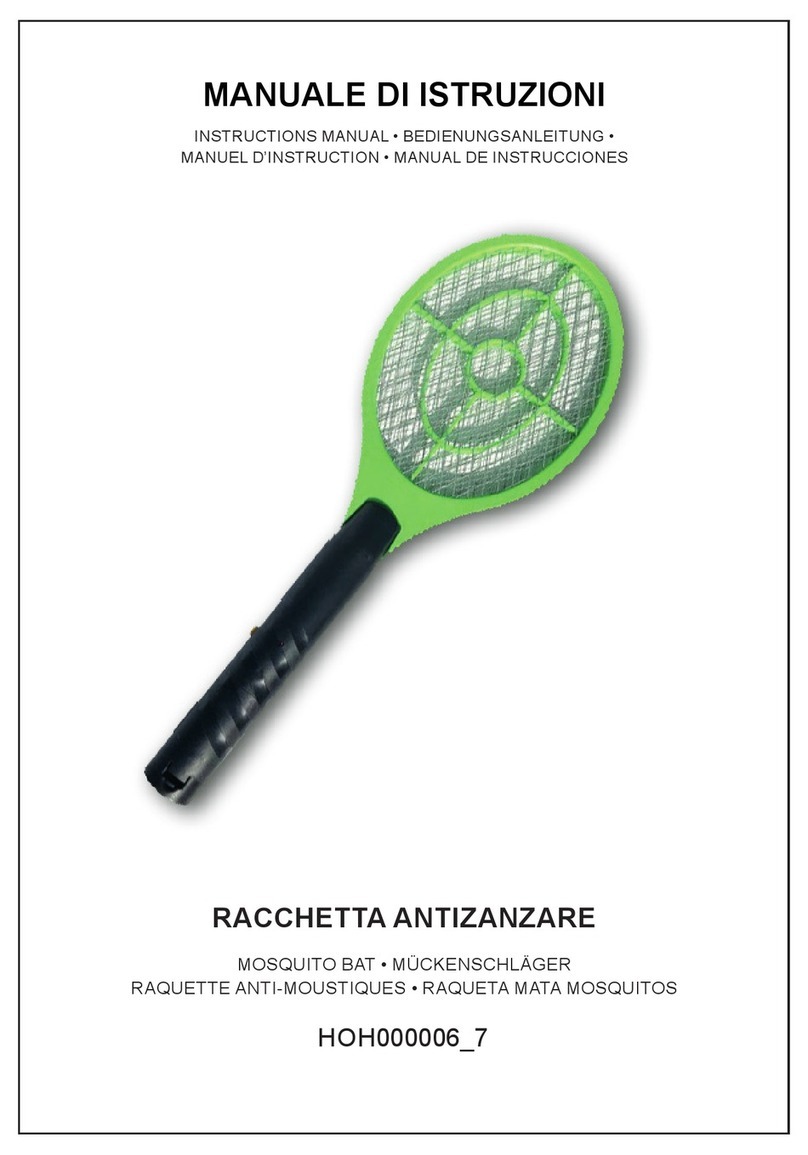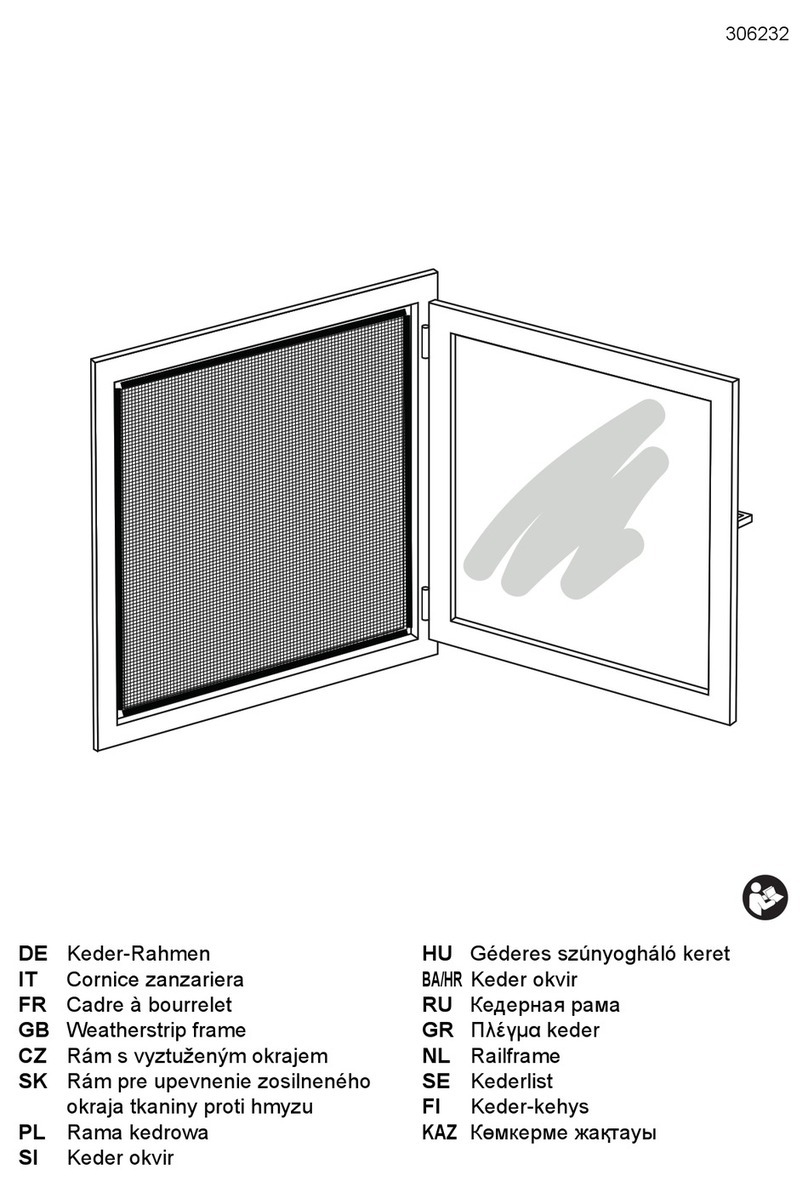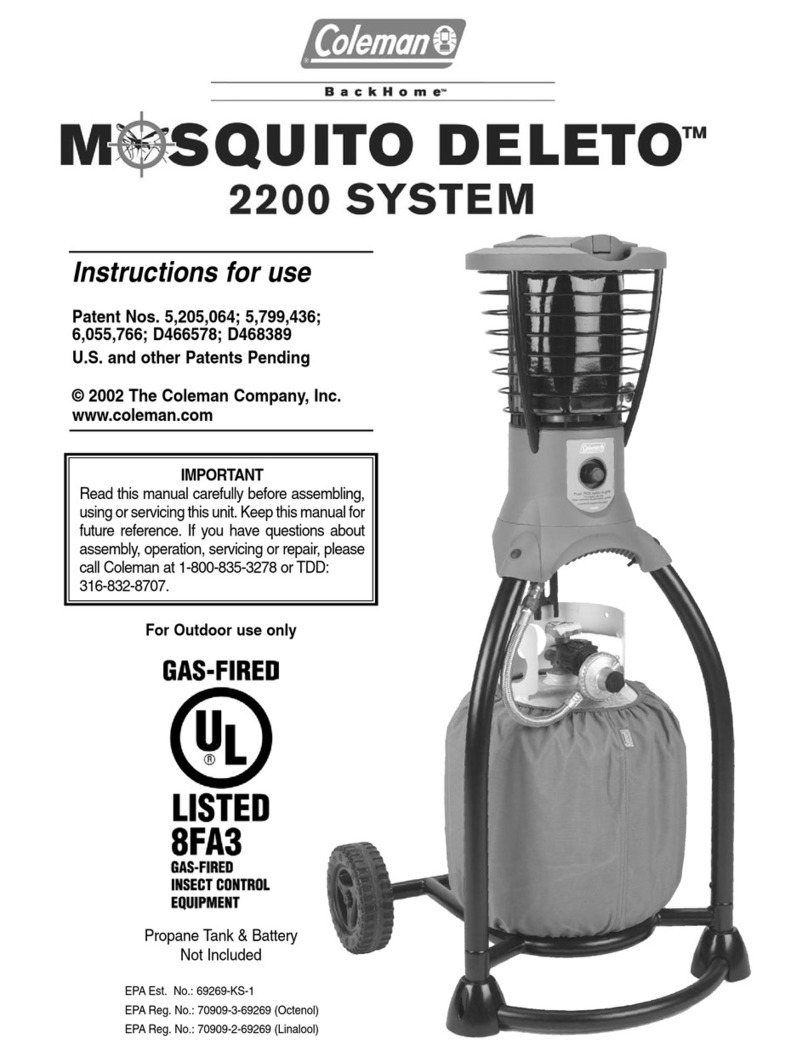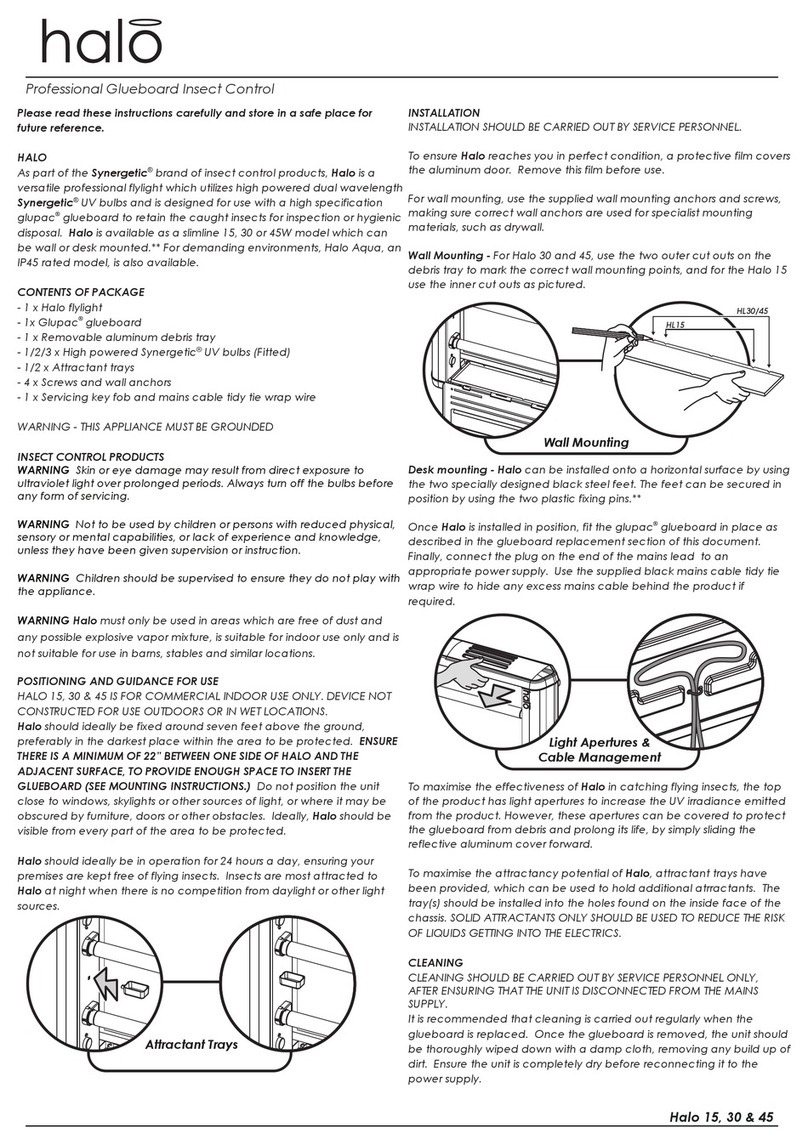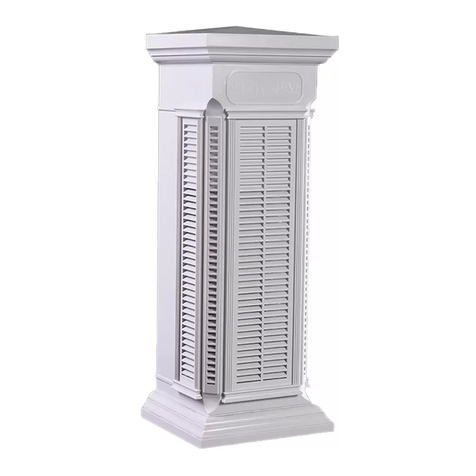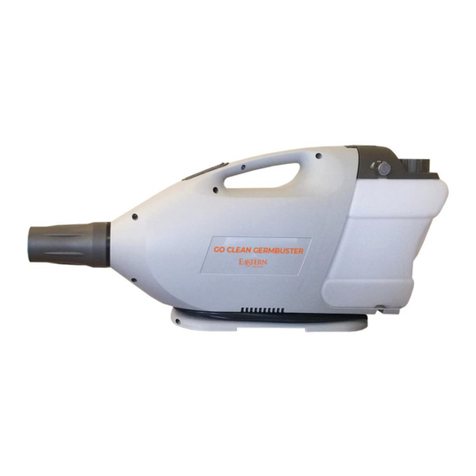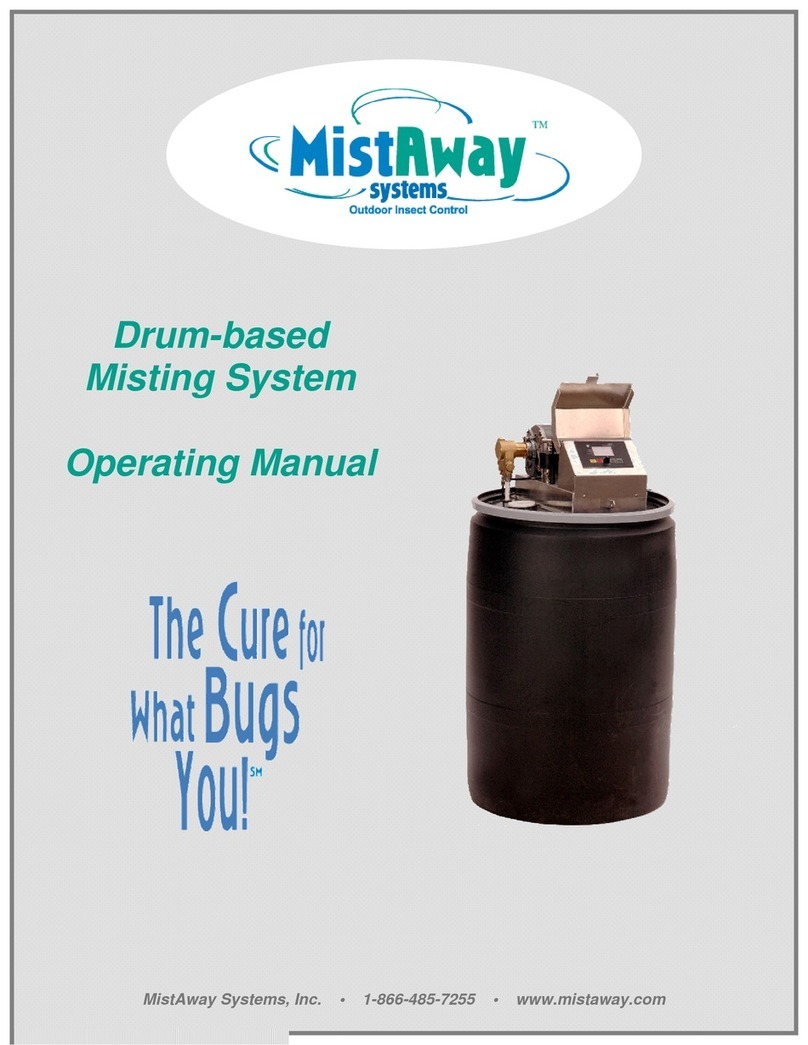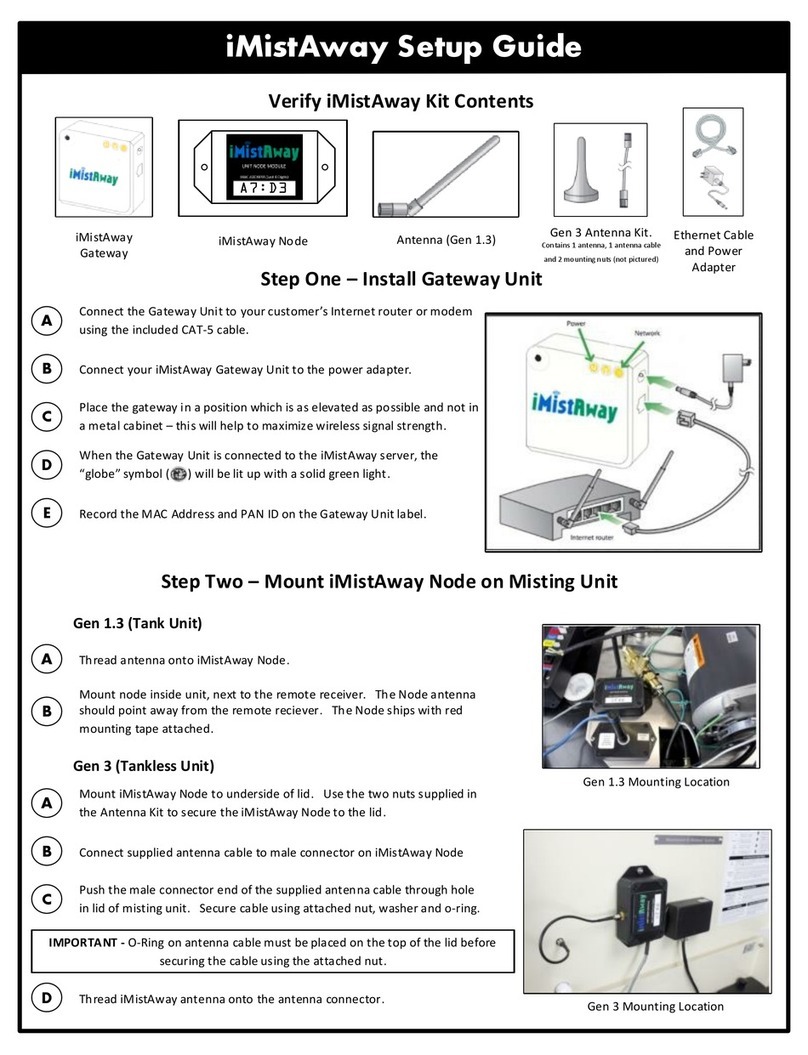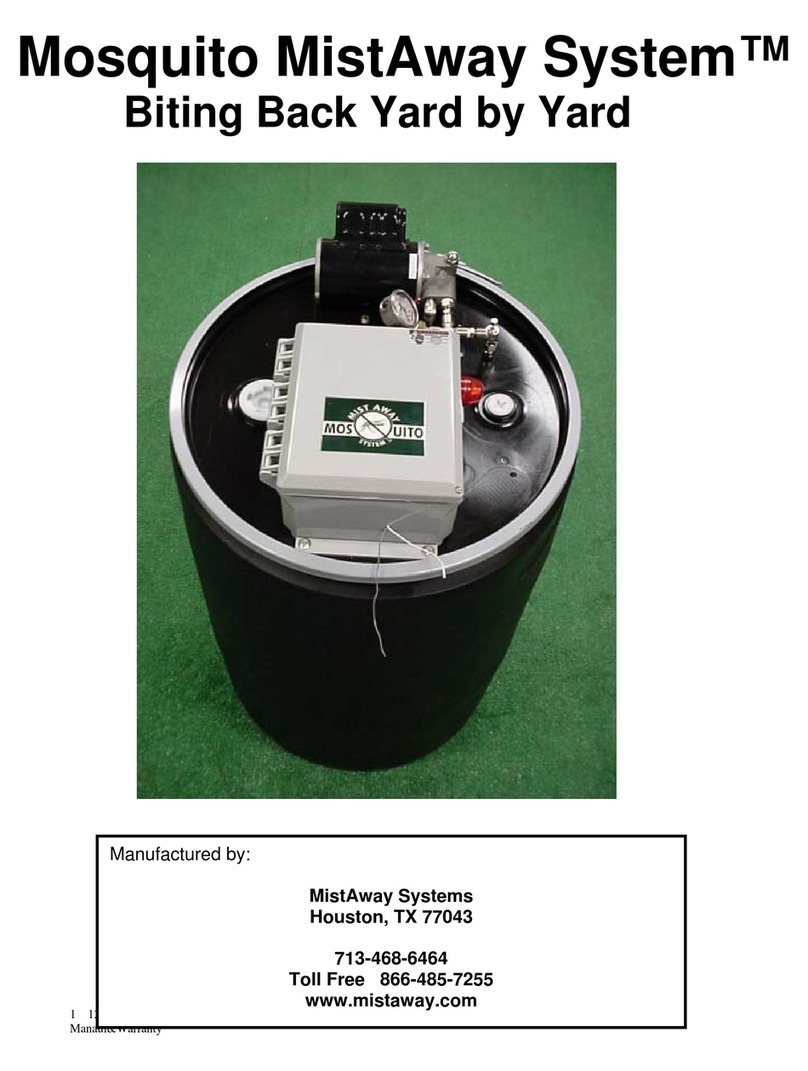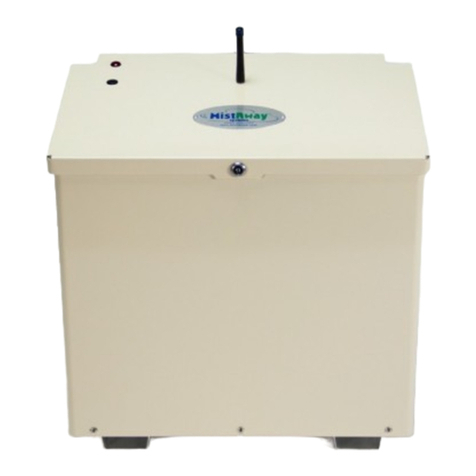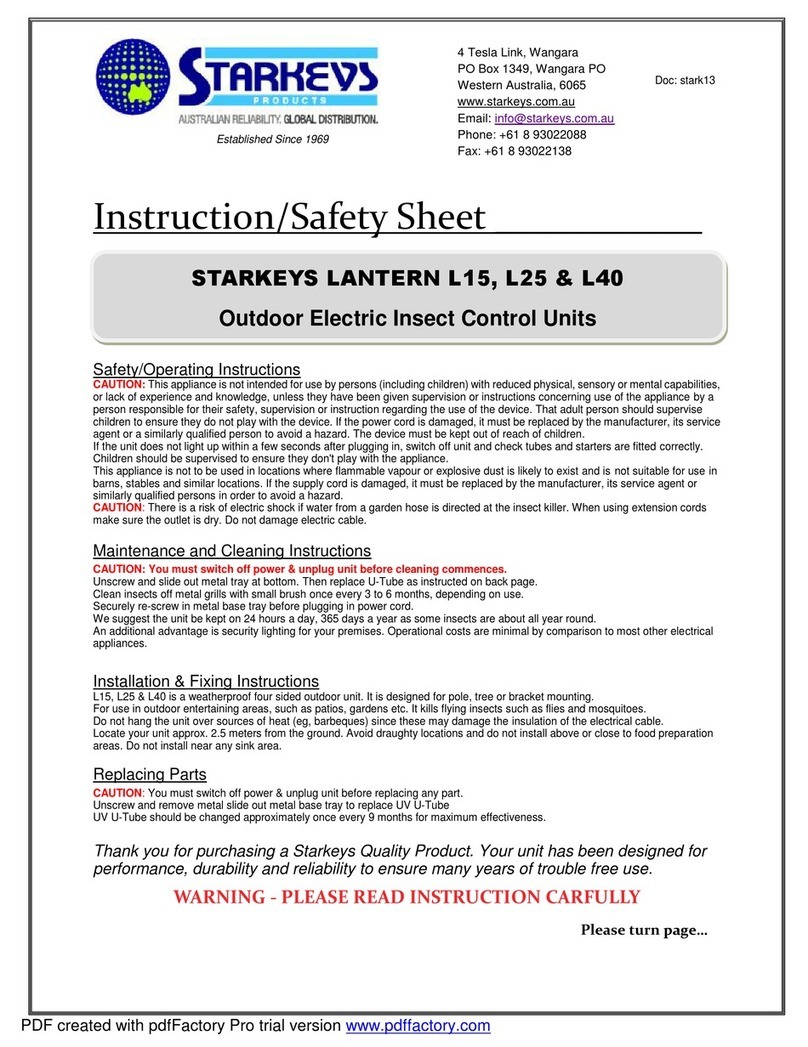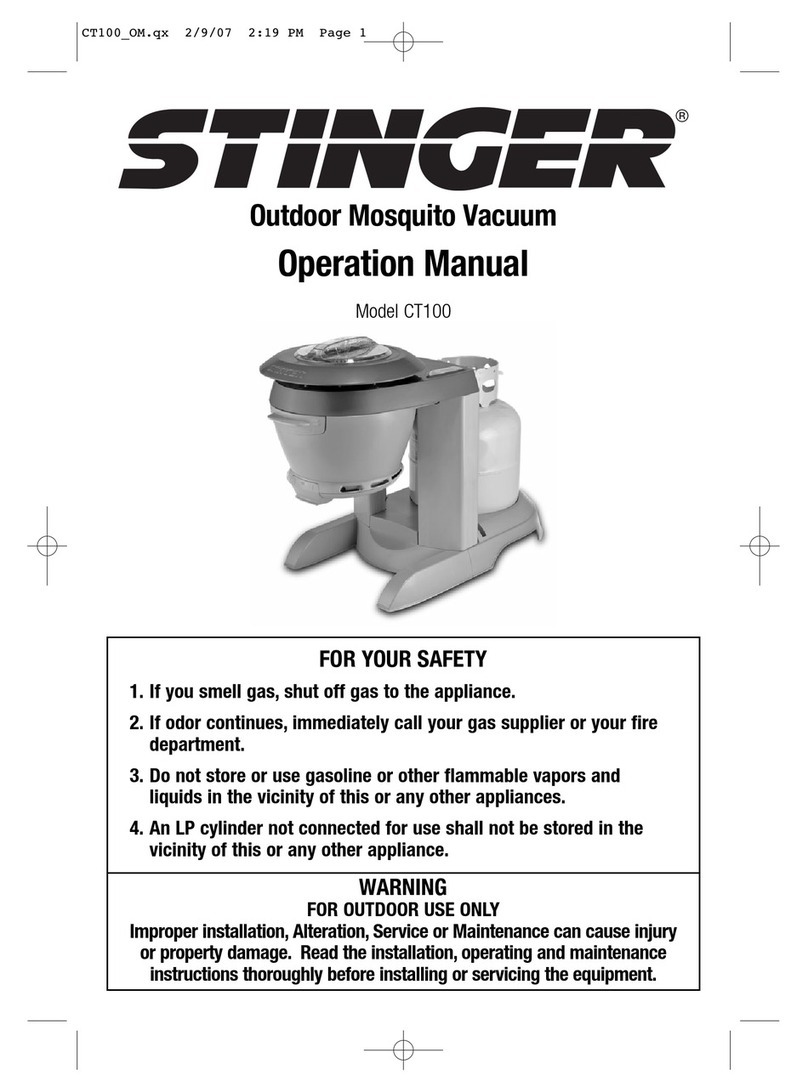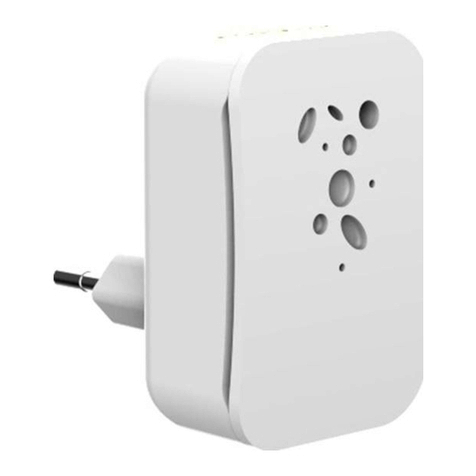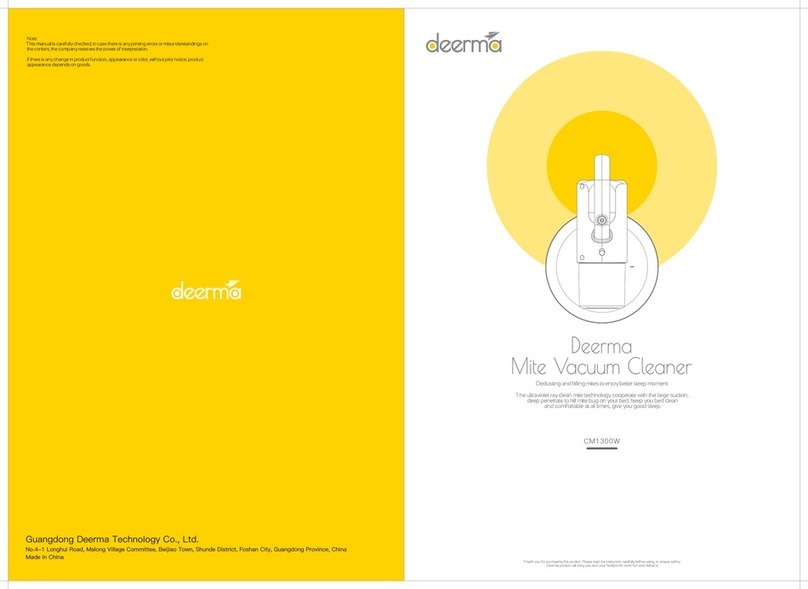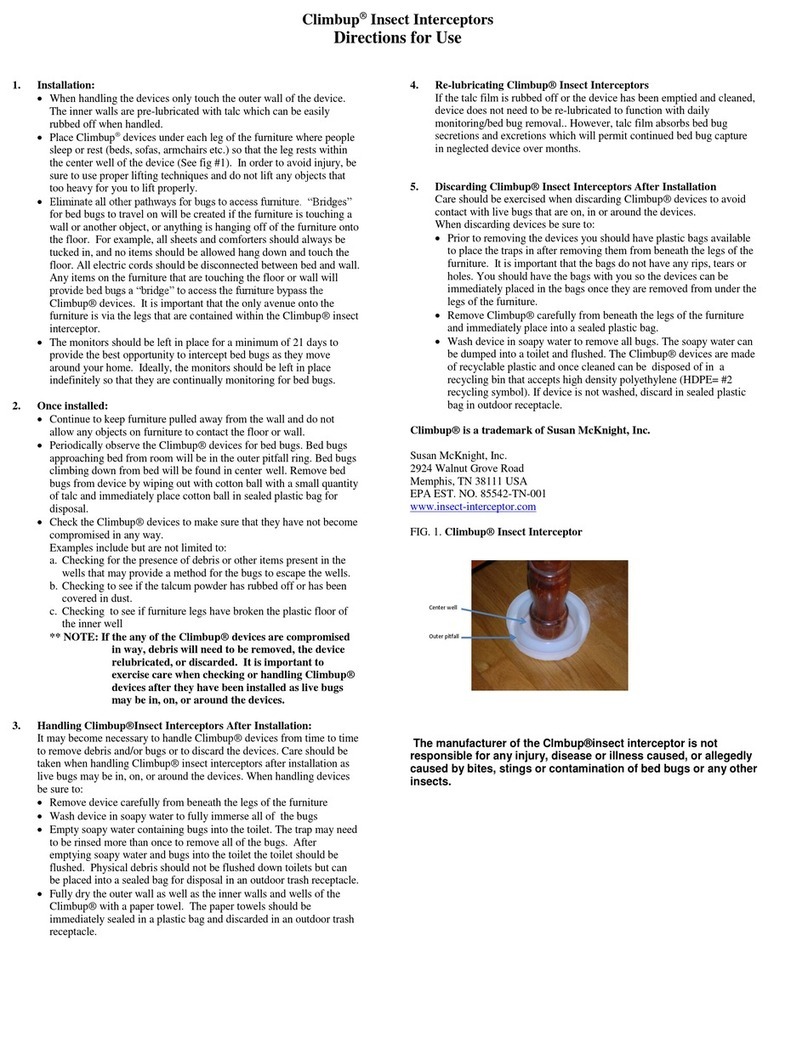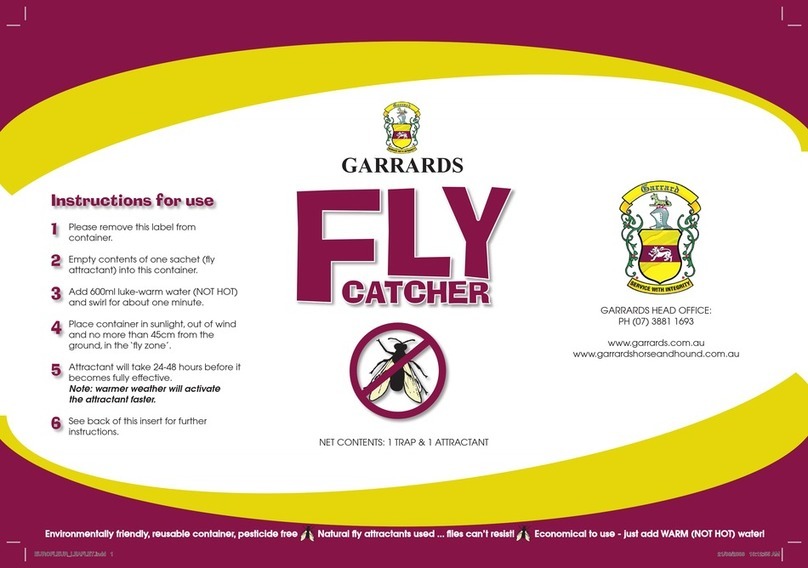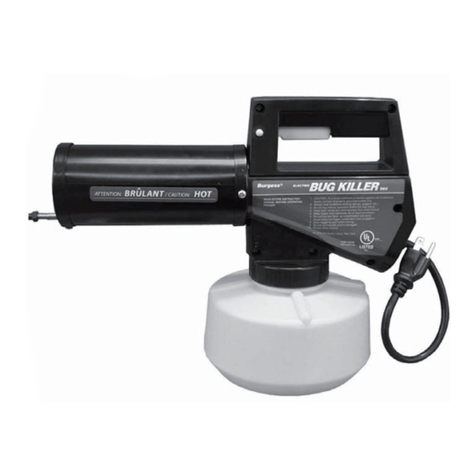
The foregoing is MSI’s only obligation and Purchaser’s exclusive remedy for breach
of warranty. Purchaser’s failure to submit a claim as provided above shall
specifically waive all claims for damages or other relief, including but not limited to
claims based on latent defects. In no event shall Purchaser be entitled to special,
direct, indirect, incidental, exemplary or consequential damages, expenses, injury,
lost profits, lost savings, business interruption, loss of business information, or any
other pecuniary loss arising out of the use of or inability to use the equipment. In
any case, MSI’s entire liability shall be limited to the amount Purchaser actually
paid for the item.
Except as modified in writing signed by both parties, this warranty is and shall
remain the complete and exclusive agreement between the parties with respect to
warranties, superseding all prior agreements, oral or written, and all other
communications between the parties relating to the subject matter of this
agreement.
Section 2
WARRANTY
MistAway Systems Inc. (MSI) warrants this Product, the MistAway Drum-Based
Misting Unit, Gen 1.3, to be free from defects in material and workmanship as
follows:
For a period of one (1) year from the date of original installation (whether or not
actual use begins on that date), MSI will repair or replace defective parts, with new
or refurbished parts, at its option, at no charge. This warranty does not include labor
or other costs incurred for diagnosing, removing, installing, shipping, servicing or
handling of either defective parts or replacement parts.
This warranty applies solely to equipment supplied by MSI and is in lieu of all other
warranties, expressed or implied. No person, agent, dealer, or distributor is
authorized or empowered to give any other warranty or to assume any other liability
on behalf of MSI
Warranty Conditions:
•This warranty is extended only to the original Purchaser and is not transferable.
•A purchase receipt or other proof of date of original purchase will be required
before warranty service is rendered.
•Installation, use, care and maintenance must be normal and in accordance with
instructions contained in the operating manual and MSI’s service information.
Failure to do so shall void this warranty.
•All claims for failure to conform to specifications or defects in material or
workmanship under this warranty must be made promptly after discovery and,
in any event, must be received by MSI not more than one year after the original
purchase date.
•MSI reserves the right to inspect the equipment prior to any decision involving a
warranty claim.
•MSI reserves the right to make warranted repairs at either the installed site or at
MSI’s location in Houston, TX. If MSI opts for repair at its own location, the
Purchaser is responsible for shipping the item to MSI’s Houston location at its
expense.
Manufacturer’s obligation under the warranty shall not apply to:
•Any equipment, which has been damaged by negligence, misuse, abuse,
neglect and/or improper adjustment, accident, vandalism, acts of God, acts of
war, whether declared or undeclared, improper application, or any other
contingency beyond the control of MSI
•Cosmetic damage
•Damage in transit
•Failures caused by products not supplied by MSI
•Failures, which result from faulty installation, set-up adjustments, improper
operation, power line surge, improper voltage supply or damage from lightning
•Any equipment that has been repaired or altered without authorization from MSI
or in a manner inconsistent with such authorization
• Any unit that has not been maintained in accordance with the operator’s
manual
•Normal wear on any item or piece of equipment
•Lost items
Section 2
WARRANTY
